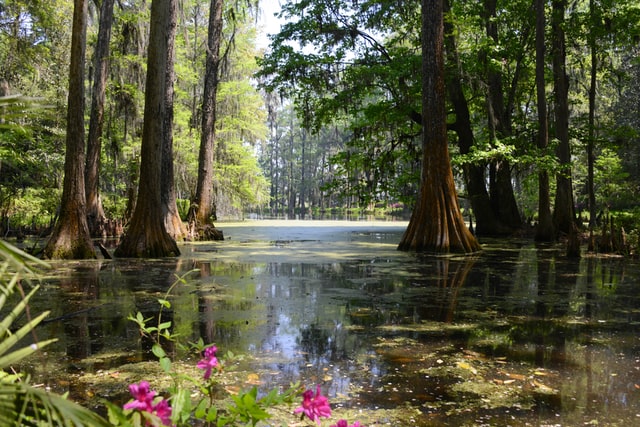Swamps are a vital part of the ecosystem, in part because of the great diversity of plants and animals that they house. However, not much is known about these areas outside of what ecologists study and what those who live near these wetlands have learned. Here are three interesting facts about swamps.
1. They Filter Water
In living organisms, the liver and kidneys help to filter out waste products and keep them from entering the bloodstream and ultimately the organs. Swamps and wetlands work much the same way for the earth’s water supply. Water that enters a swampland gets filtered as it makes its way through the swamp, and then drains into a lake or river as cleaner water. This ability for water to naturally filter is especially important in regions of the world where clean water for drinking, cooking, and bathing is scarce.
2. They Provide Biodiversity
Many plant and animal species live in wetlands areas, and a large percentage of these species cannot be found in any other habitats around the world. For example, there are hundreds of types of birds that use swamps to get their food and to find suitable places to lay their eggs. There are also many plants that can only survive in very moist conditions. This is why it is important to protect swampland and use aquatic vegetation management when necessary in order to help keep the ecosystem healthy.
3. They Are Disappearing
Many of the swamps around the world are in danger of disappearing or are already gone. One of the culprits of this includes the increasing need for land to build commercial and residential developments, as well as to make space for agriculture or aquaculture, which is the farming of fish.
Whether you live near swampland or not, appreciate these three facts about swamps.
